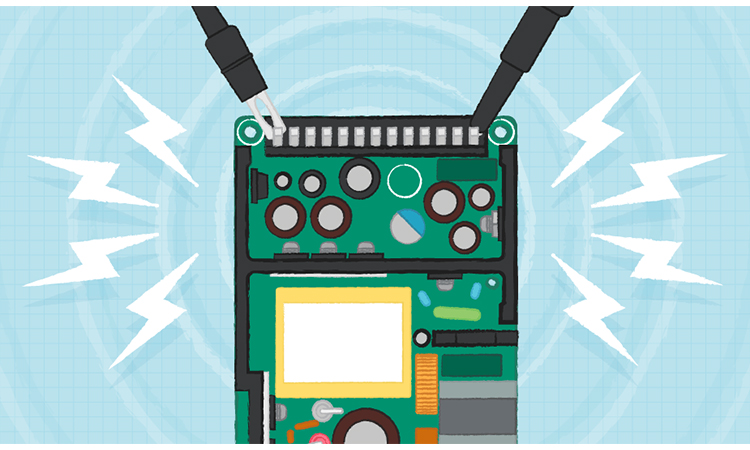When specifying a power supply, it’s important for engineers to assess ripple, noise and transient response. To do this efficiently, they must understand how to measure these correctly, both in terms of using an oscilloscope probe properly and the conditions under which the data is specified.
Central to ensuring a precise measurement is the need to minimise the ground loop created by the probe. A standard oscilloscope probe ground clip is simple to connect, although it produces a large ground loop that can misrepresent test results. However, these probes can be modified in order to minimise the ground loop by using the tip-and-barrel or paperclip methods, among others.
In addition to considerations around using oscilloscope probes, loading also has a sizeable influence on the ripple. Noise and ripple are, therefore, typically measured at full load in addition to all input voltages of interest. Many manufacturers also insist on adding external capacitors for measurement purposes, as well as limiting the oscilloscope channel bandwidth.
In measuring the transient response, where the amount that the output voltage is affected by a change in loading, it’s important to consider the following: the degree to which the output voltage deviates from its nominal value and recovery time, or the length of time the voltage strays outside specified regulation limits. Usually, engineers use one oscilloscope channel as a trigger in order to observe the resultant deviation in output voltage. Important test conditions take account of the starting current, load-step speed and end current. In addition, different types of power supply, such as light-load mode, can impact results.
In this CUI Insights blog, CUI’s Power Systems Engineer Ron Stull addresses this topic in his post, “How to Measure Ripple and Transient in Power Supplies”. The blog explains how ripple and transient are part of the power supply evaluation process and describes how engineers can accurately assess their power supply of choice as well as evaluate models to determine the most suitable for their application.




